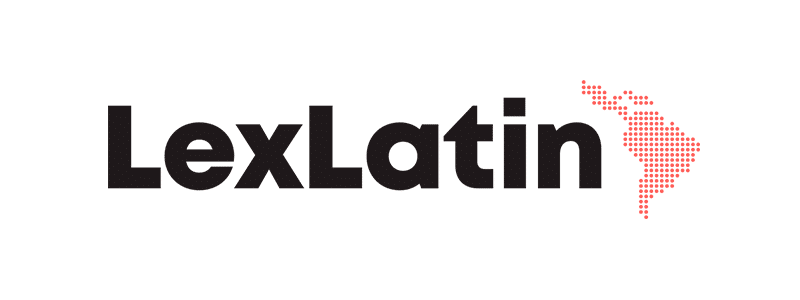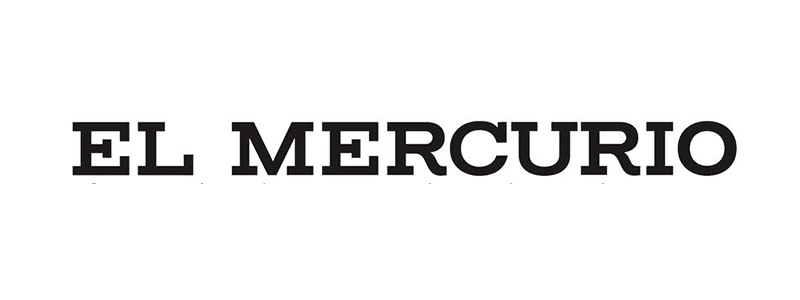Our partner Eugenio Gormáz highlights a breakthrough, and the associated challenges, in the trademark registration system.
The latest modification of the Industrial Property Law in Chile incorporated the long-awaited three-dimensional trademarks, representing a significant milestone in the field of intellectual property protection. This legislative change has opened new opportunities and challenges for companies.
Until this modification, three-dimensional trademarks were protected as two-dimensional or as industrial designs. Now, with the possibility of registering packaging and product shapes as “three-dimensional”, there has been growing interest in this type of protection. This is demonstrated by the 136 applications received and the 55 trademarks registered to date.
A notable aspect of three-dimensional trademarks is their capacity for indefinite renewal, unlike industrial designs, whose protection is limited to 15 years. This represents a considerable advantage for well-known packaging or designs seeking more durable and effective protection.
In this context, there is an interesting case of rejection of the registration of a three-dimensional trademark by the National Institute of Industrial Property (INAPI), confirmed by the Industrial Property Court (TDPI).
This is key in the development of criteria for the application of the causes of unregistrability, in turn providing light on the interpretations of this new figure by the trademark authorities.
Although the pisco producing and distributing company sought to protect the iconic Moai shape on its packaging, the request was rejected for being considered descriptive or indicative, without sufficient distinctive character, and for representing a shape associated with the Rapanui culture, protected as part of intangible cultural heritage according to the UNESCO Convention.
This ruling highlights the importance of considering not only commercial, but also cultural and social aspects when evaluating the registration of three-dimensional trademarks. The decision of the INAPI and the TDPI establishes a relevant precedent in the current interpretation of the law, highlighting the need for a careful analysis of each request to determine the most appropriate protection mechanism.
It is important to highlight that the incorporation of three-dimensional trademarks into Chilean legislation is a great advance in adapting the legal framework to the needs of the market and global trends in industrial property.
However, as the case presented demonstrates, this new legal figure also entails significant challenges, especially with regard to the evaluation of its registration and interaction with other aspects of the law, such as the protection of cultural heritage.
In the future, it will be crucial for companies, advised by experts in the field, to carry out a detailed analysis to choose the best strategy to protect their distinctive signs and other intangible assets.
Column written by Eugenio Gormáz, partner of the IP, Tech and Data group.




